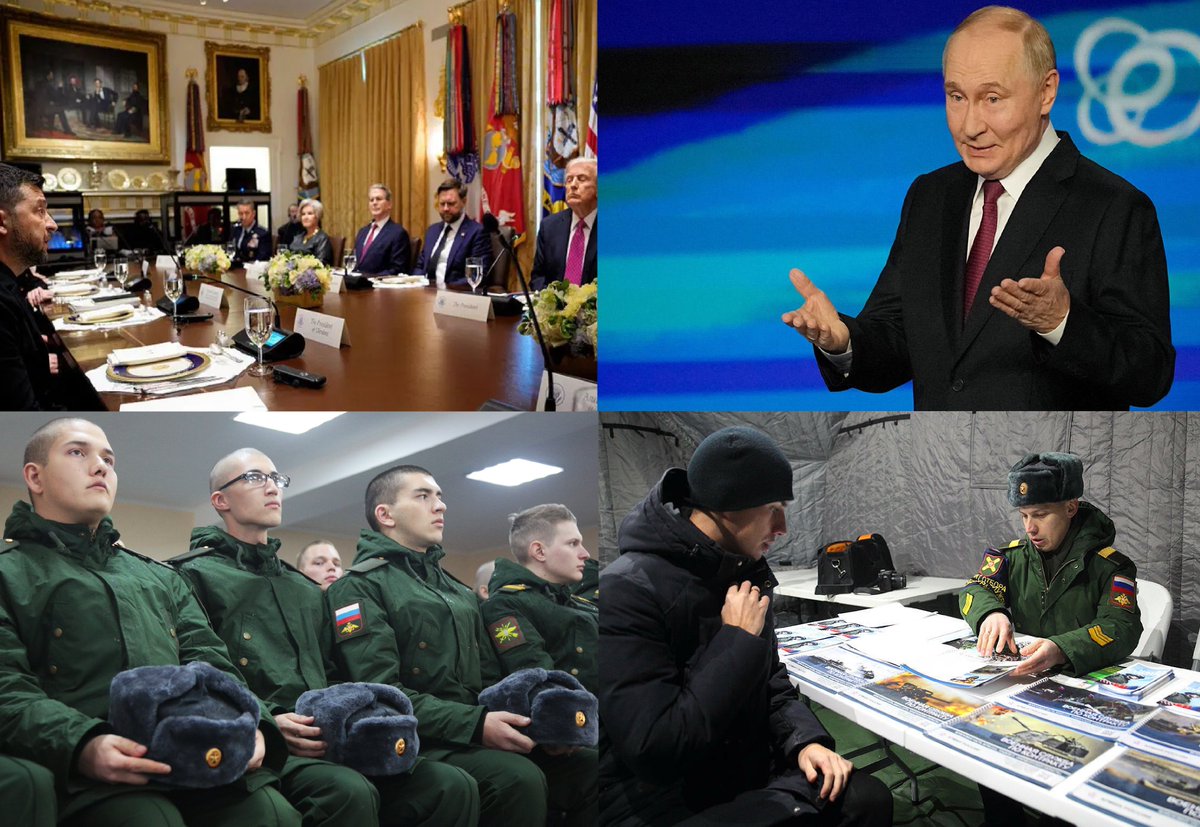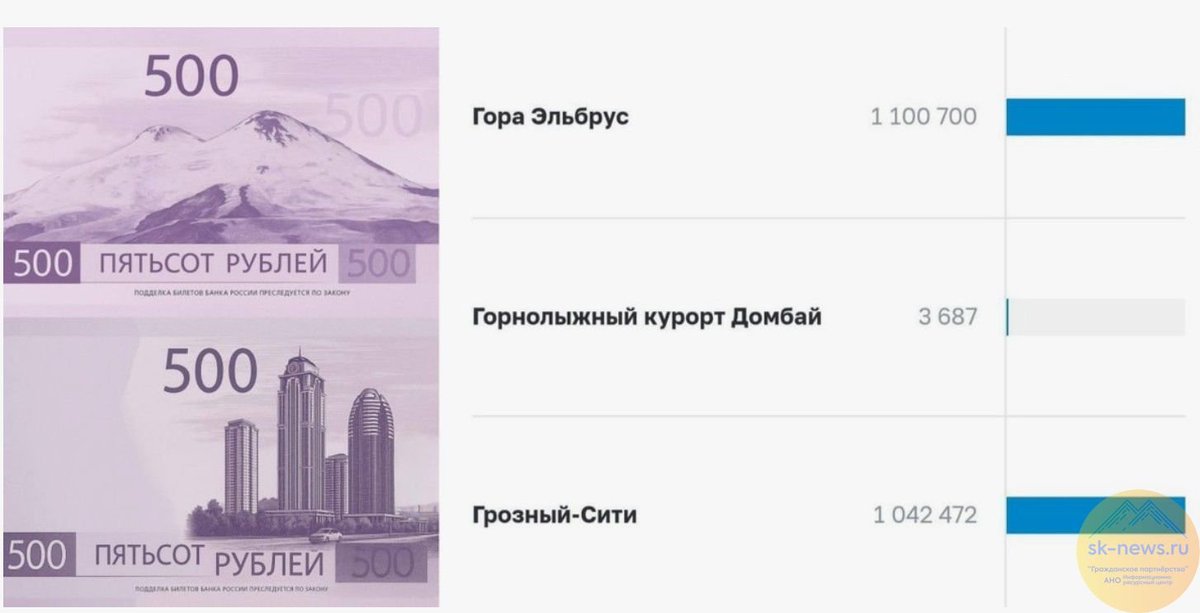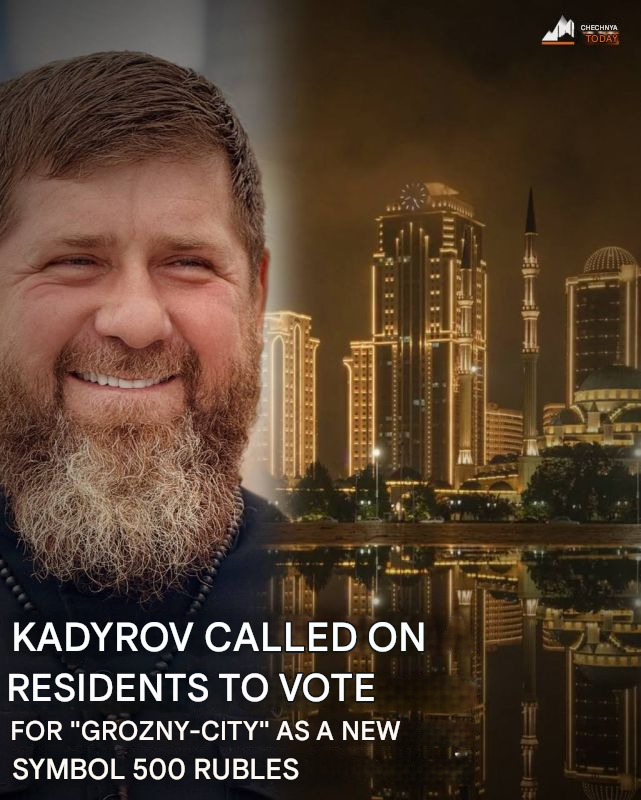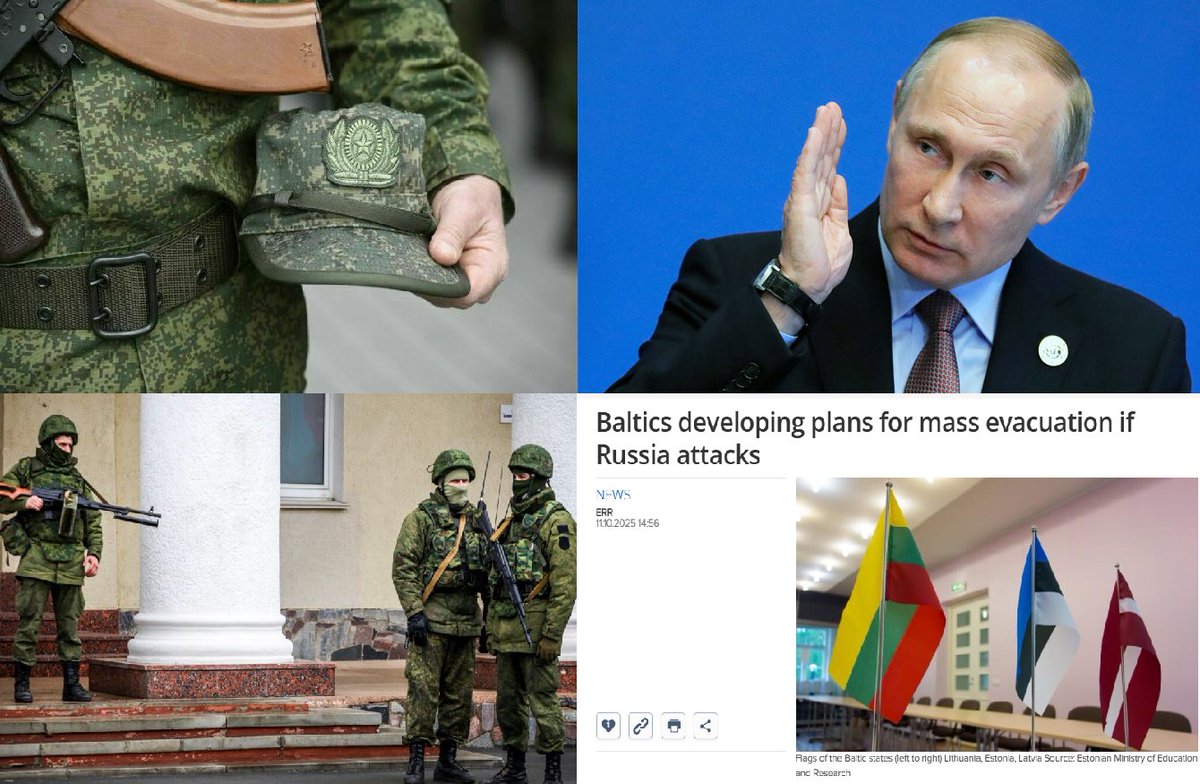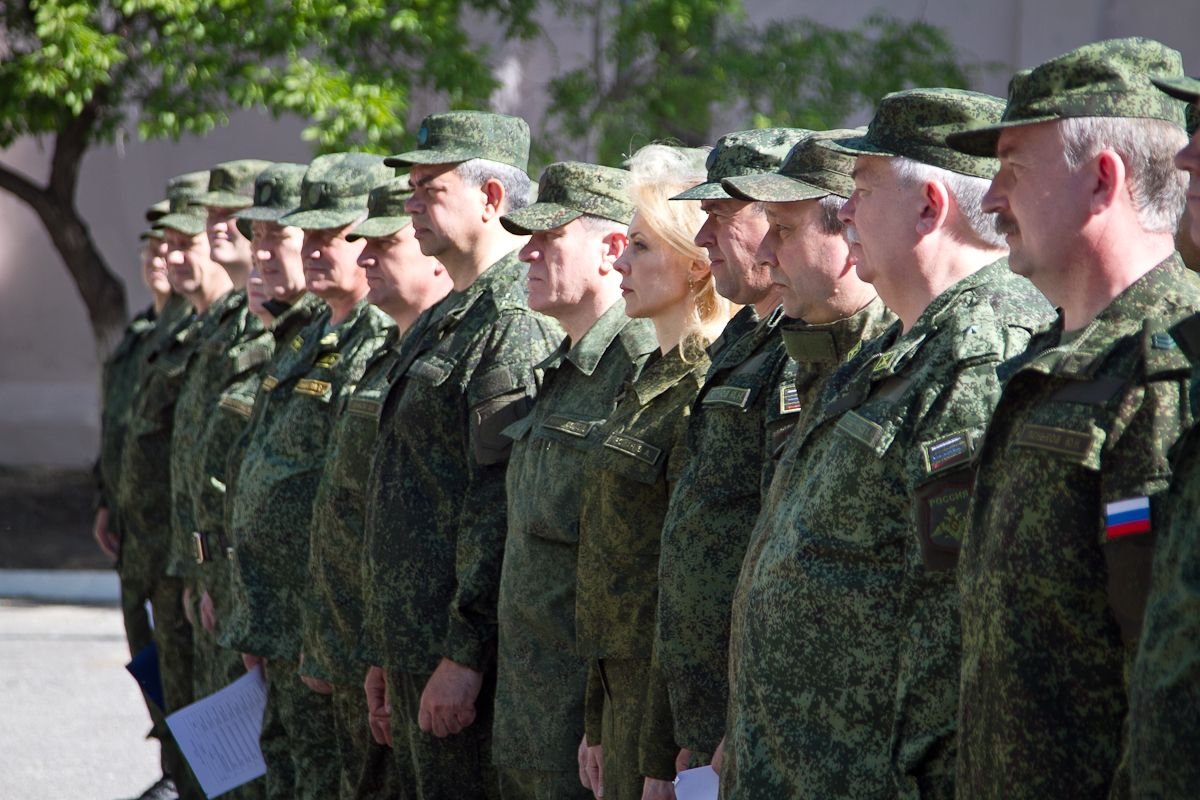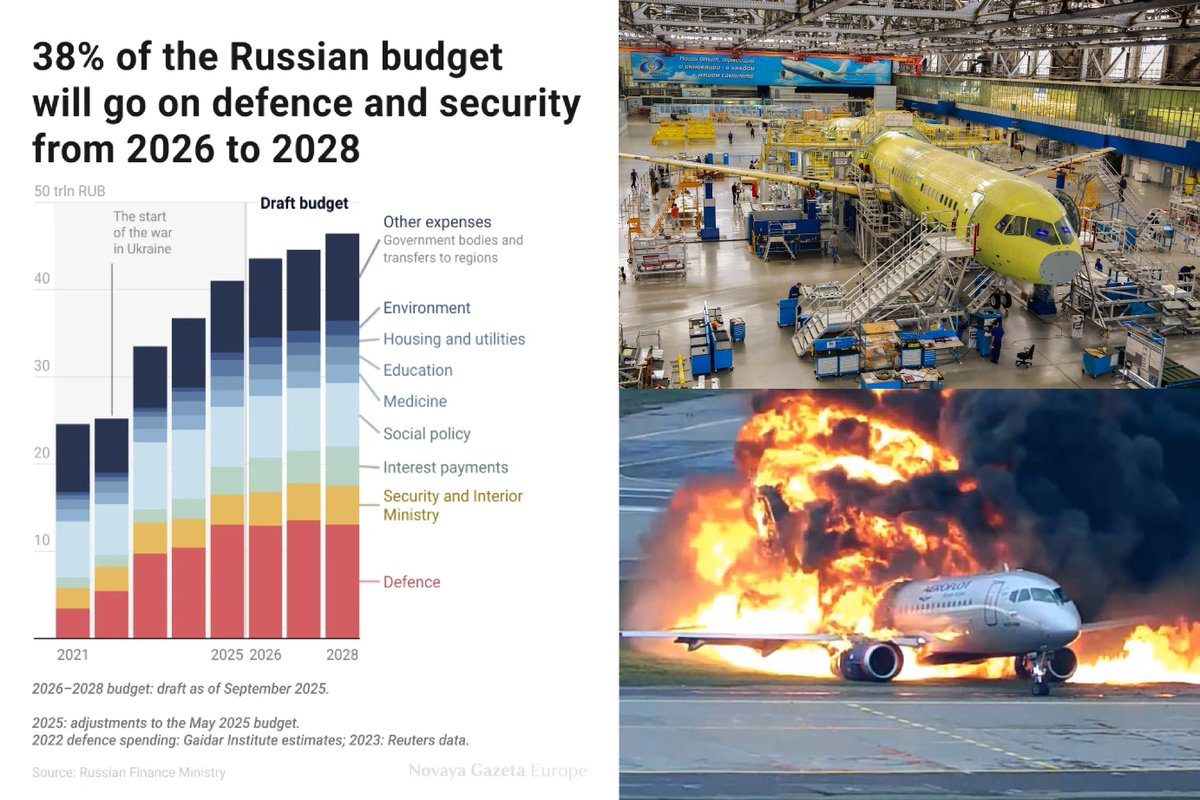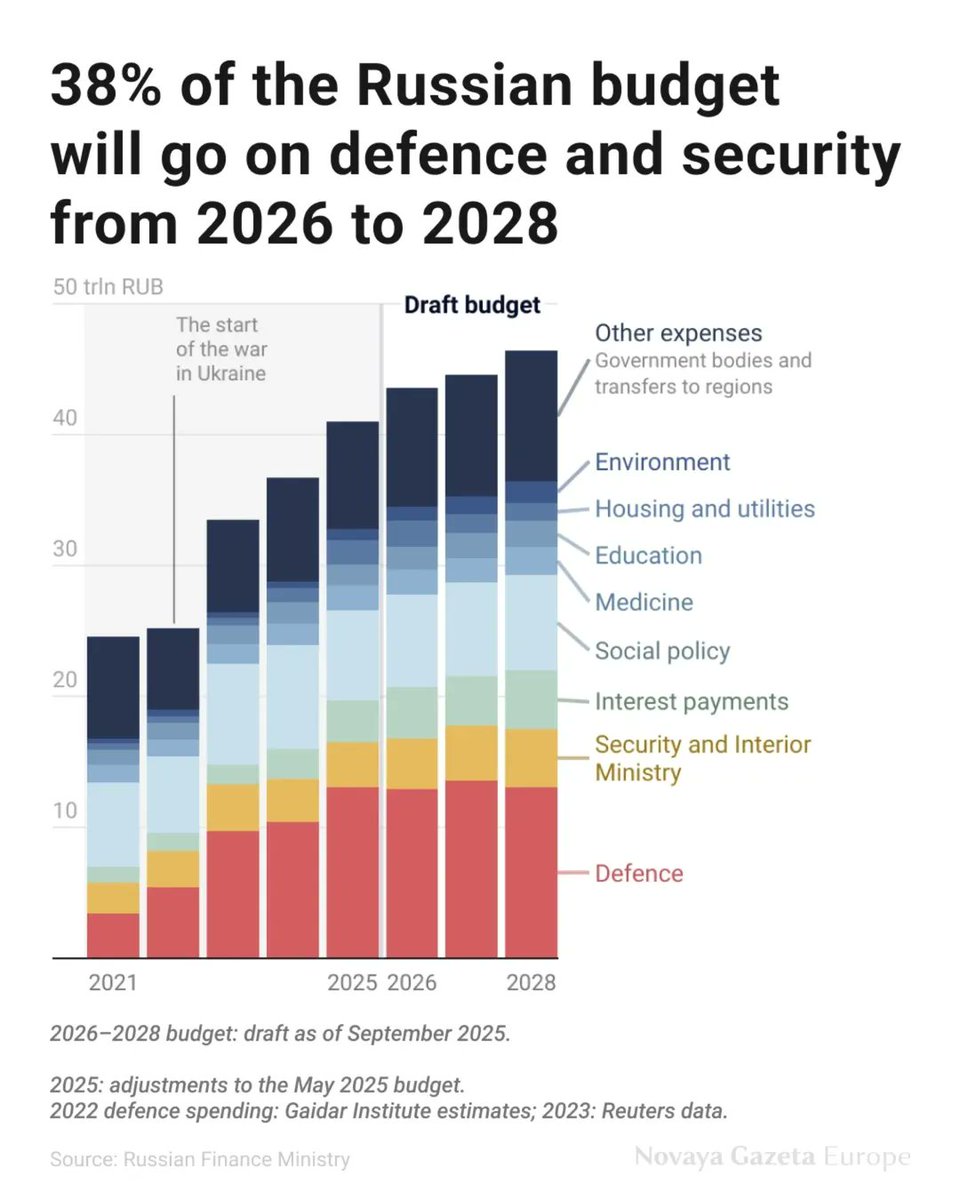The Ukrainian drone strikes on Moscow once again demonstrate the futility of weapons restrictions and the Kremlin's lack of red lines. This is the largest drone attack on Moscow from Ukraine. Drones hit Ramenskoye, Domodedovo, and Zhukovsky. Several drones hit residential
1/11
1/11

buildings. This may be due to the work of Russian air defense. Ukraine is aiming at military targets because bombing civilians does not improve the situation at the front. Drones do not cause much destruction since their warhead is about 10 times smaller than that of Russian
2/11
2/11
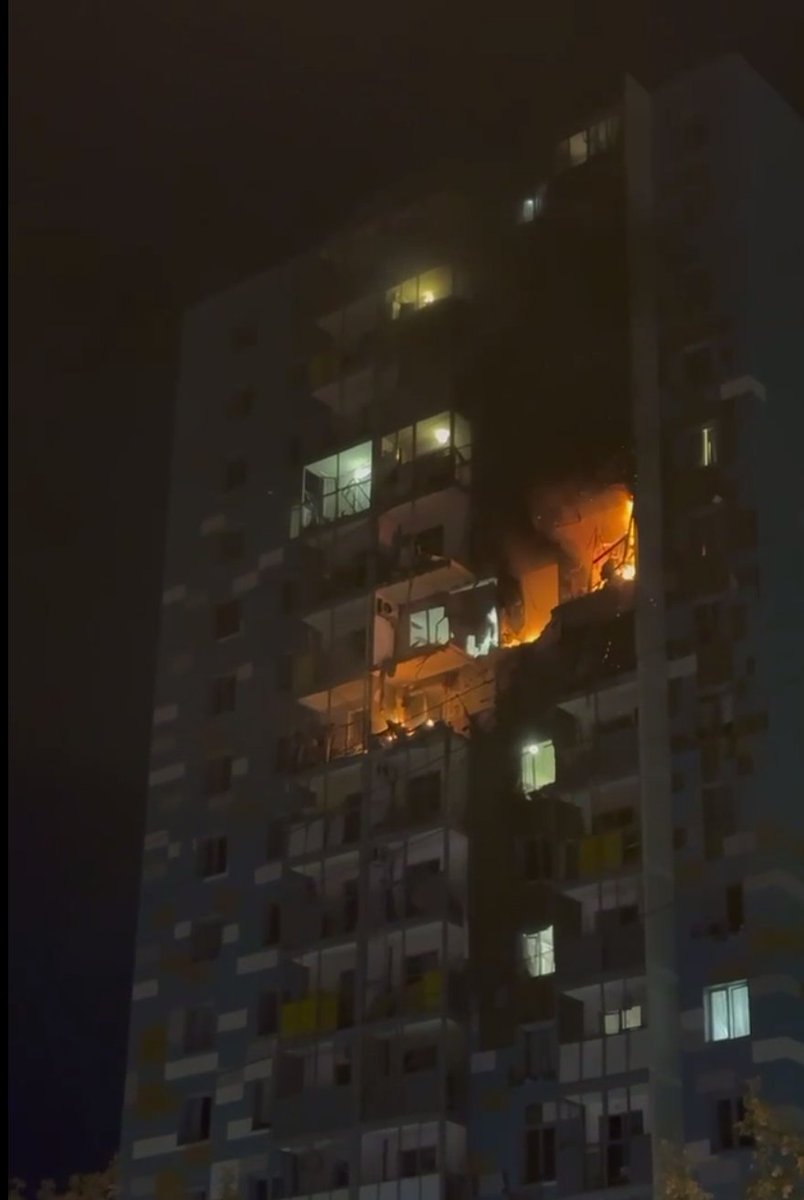
FAB-500 bombs, but they have a psychological effect. Russia is not going to stop. The loss of part of the Kursk region, huge losses of personnel, a declining economy - Russia is not going to withdraw its troops from Ukrainian territory. In this case, the aggressor can only
3/11
3/11

be stopped by moving the war to Russian territory and destroying the Putin regime. The Kremlin will survive the loss of Kursk, but the landings in Moscow are very close to the work of many propagandists and the Russian leadership. And this worries those on whom Putin's
4/11
4/11

regime relies. Drone attacks become commonplace and will only happen more often. However, threats to Putin's regime do not only come from Ukraine. Internal ethnic conflicts with residents of the Caucasus are becoming more frequent, and on September 3, another fight on this
5/11
5/11
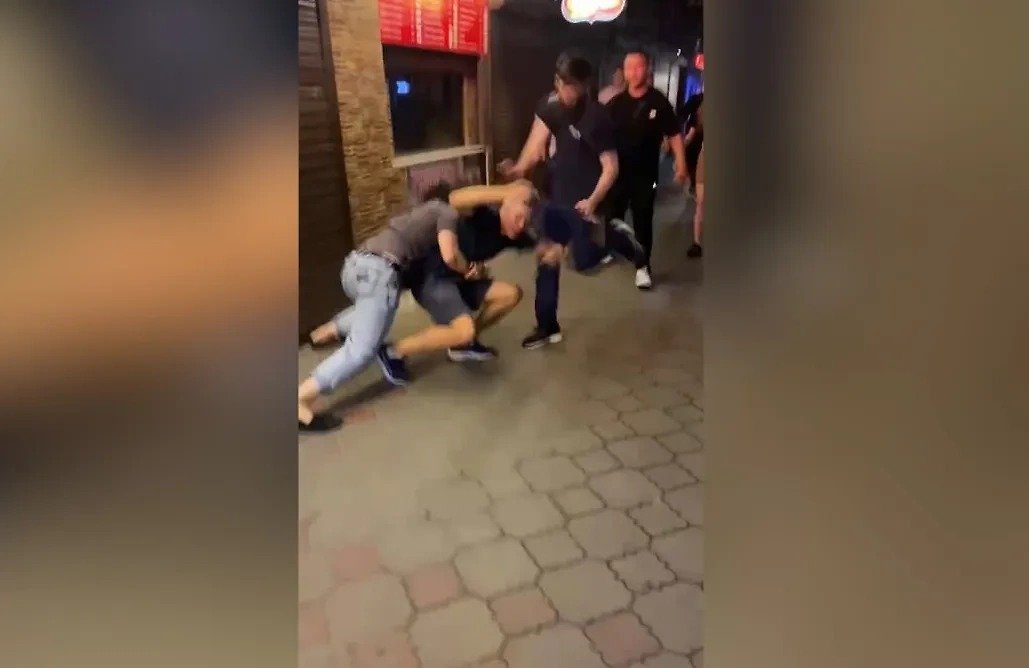
basis took place in the city of Anapa. As the Anapa Media portal wrote, on the night of September 3, on Pionersky Prospekt, a girl refused to meet a representative of one of Russia's neighboring republics and received a portion of insults. When other guys stood up for her,
6/11
6/11
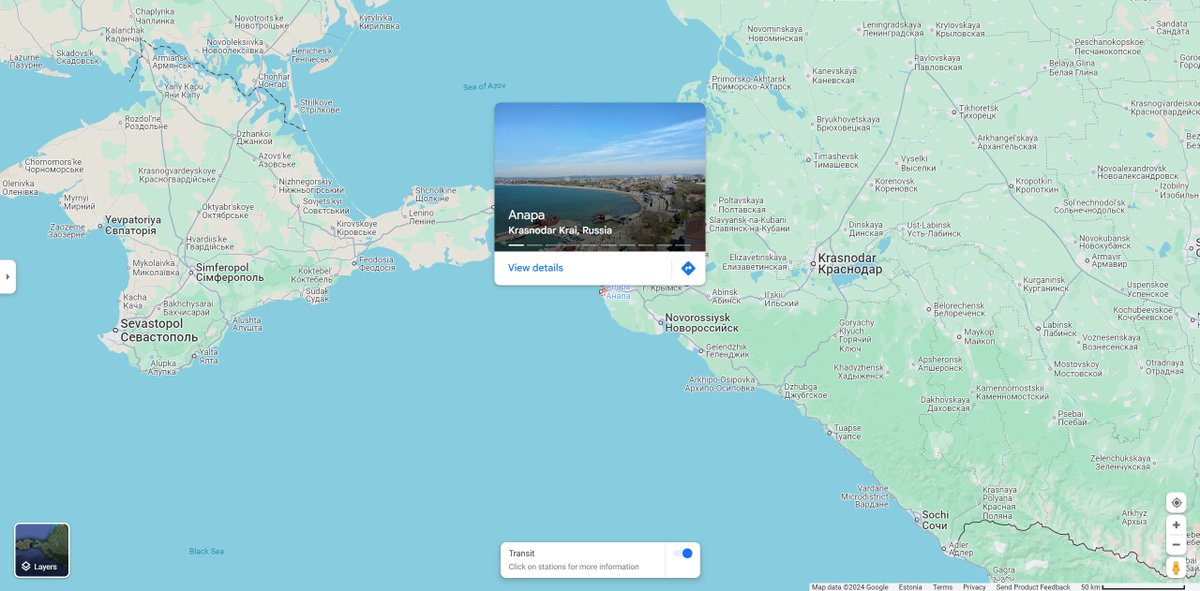
a crowd of Caucasians attacked them and began to beat them up. Later, the commander of "Akhmat" Apti Alaudinov stood up for them, blaming the girl for everything. Russia is losing strength, and this is felt by representatives of those peoples who have been humiliated and
7/11
7/11
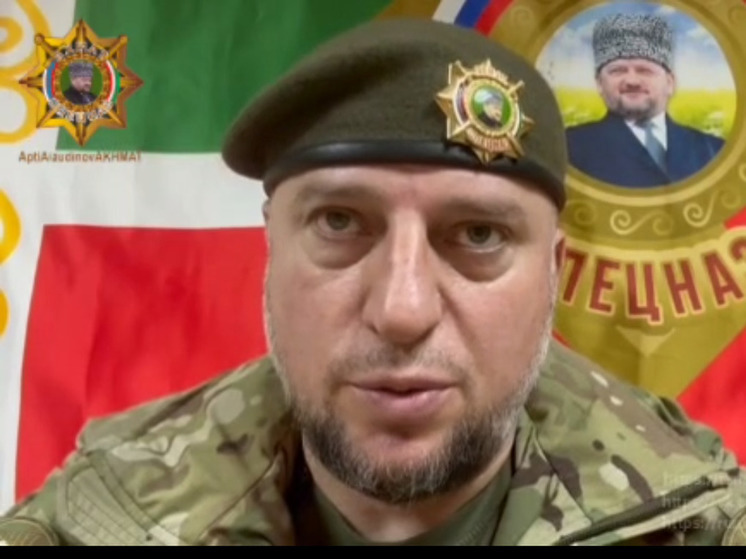
discriminated against throughout their coexistence with Russia. Tensions are growing between Akhmat and Russian troops. If Russia starts to fall apart, it will be because of the war in Ukraine, but it will start with Chechnya and Dagestan. Russia is still trying to advance,
8/11
8/11
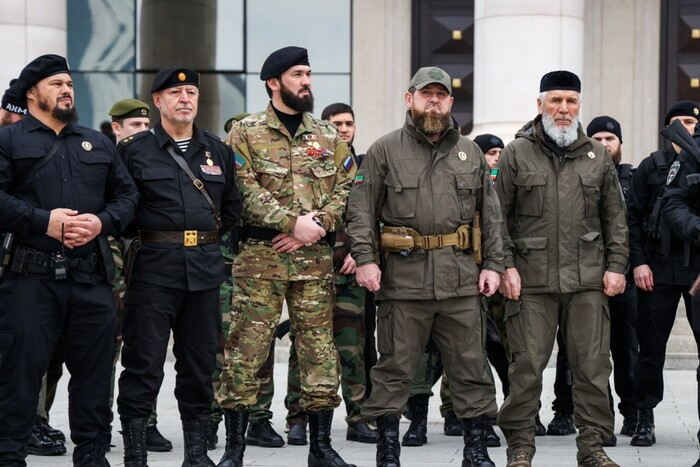
but the advance in the Pokrovsky direction has slowed. "Agency" published the size of the territories captured by Russia from August to September based on DeepState data and it is clear that the advance has slowed. Russia is starting to show signs of resource problems, but
9/11
9/11

Ukraine in turn has also transferred additional forces and more experienced brigades, like Azov, to stop the advance. The intensity of the offensive remains high, but the attacks are repelled more successfully. Ukraine is having a very hard time. Every day. Two and a half
10/11
10/11
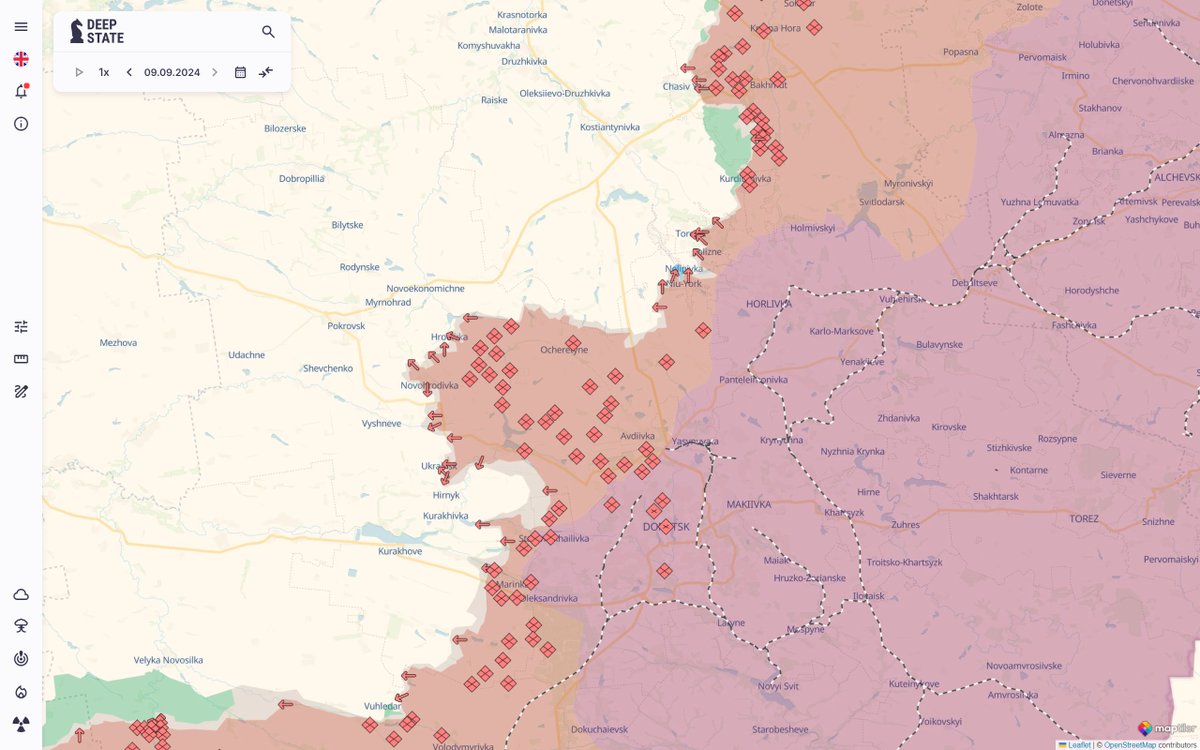
years. The length of the entire front line is more than 3 thousand km. The line of active combat operations is more than 970 km, but Ukraine is not defeated and it is obvious that Russia cannot win. However, how much longer the war will continue, no one can say.
11/11
11/11
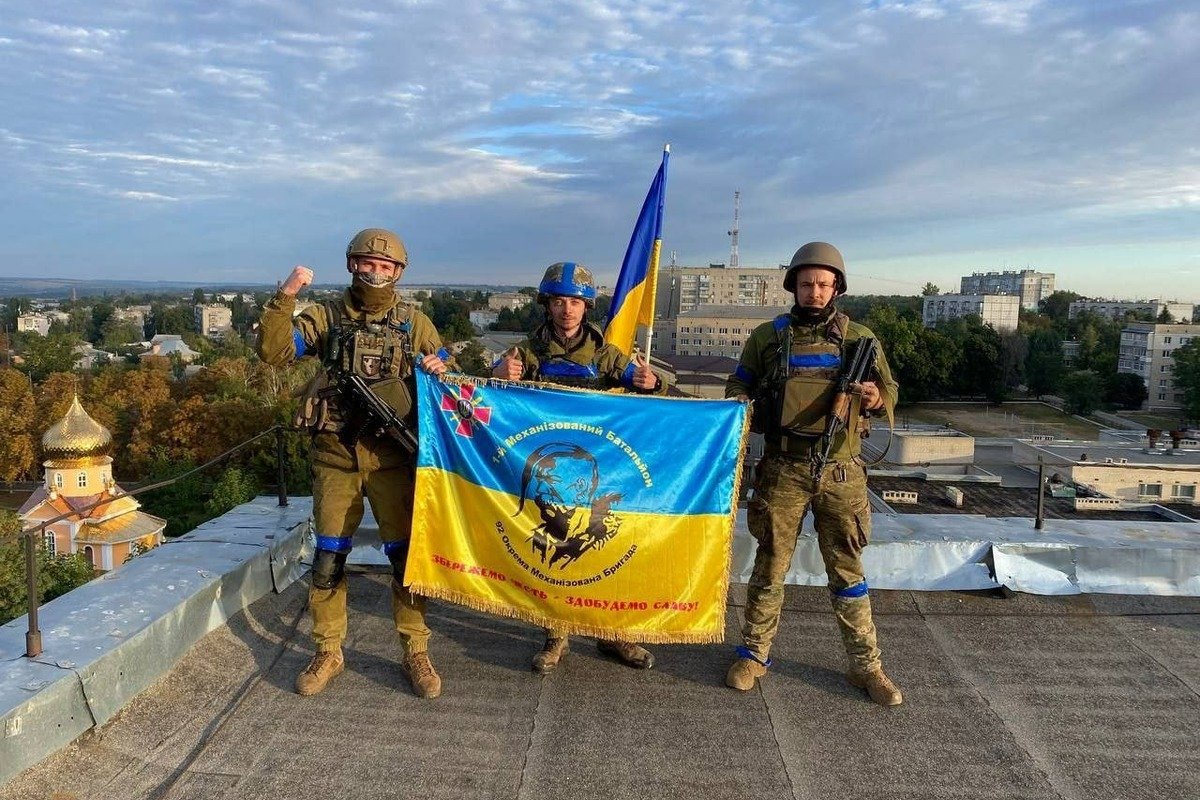
• • •
Missing some Tweet in this thread? You can try to
force a refresh





